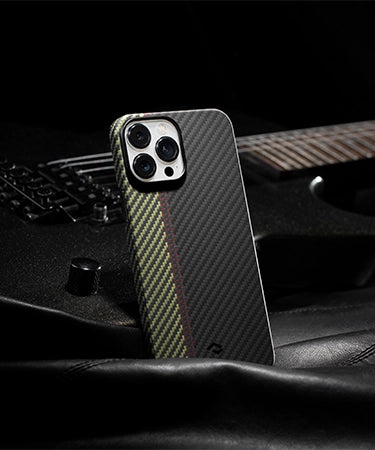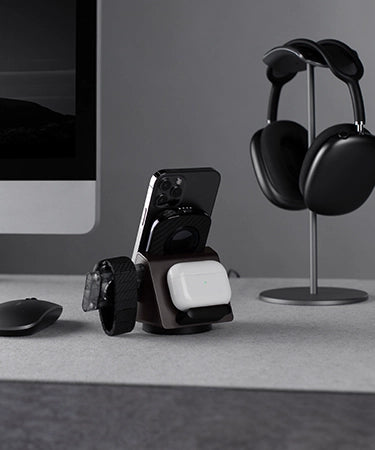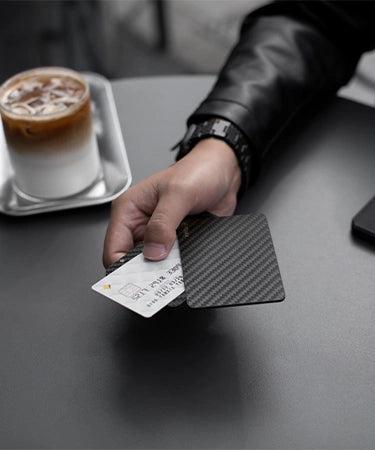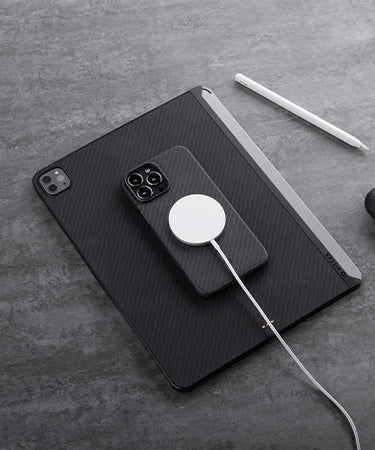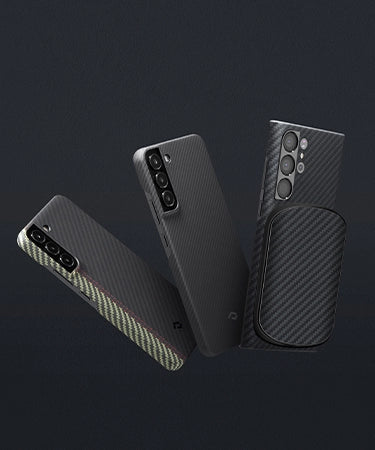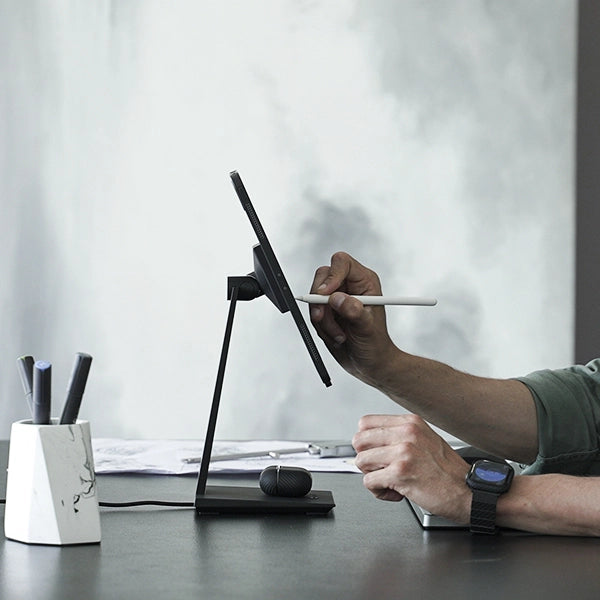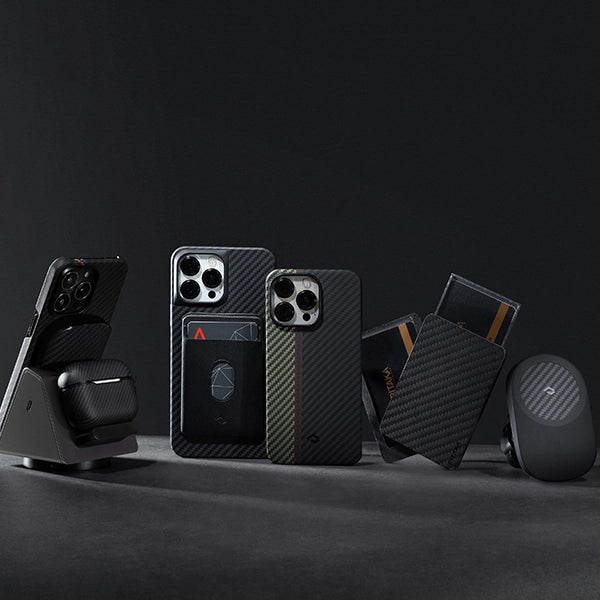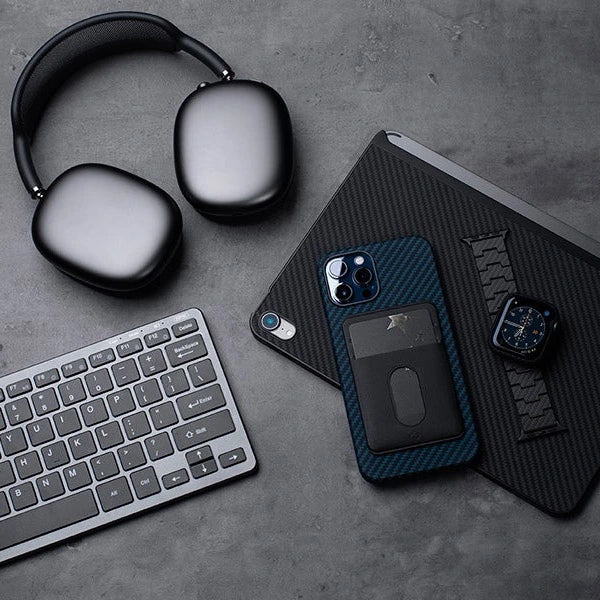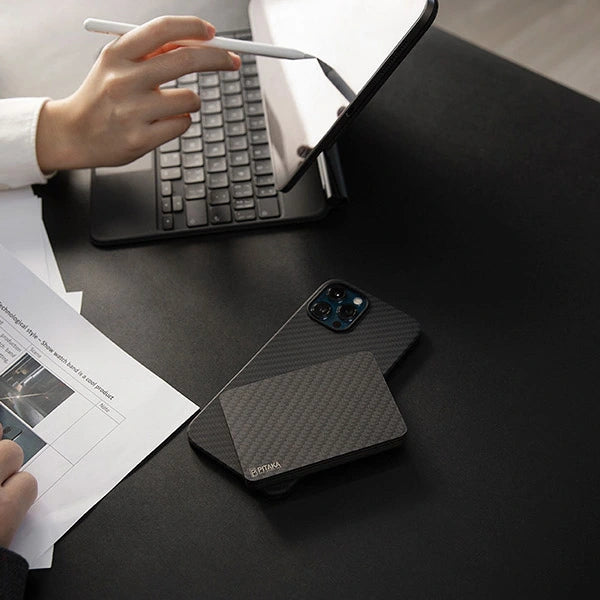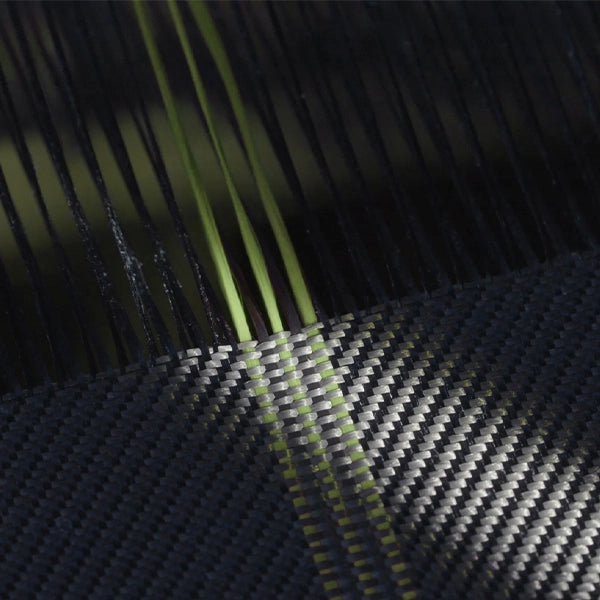
For over a decade, Apple has been hailed as the world’s most innovative brand. There are, however, dissenting voices about Apple’s innovation, for example, its proprietary Lightning connector on iPhones and some other devices.
Right now, two types of charging cables dominate the market: USB-C and Lightning, which still causes an inconvenience for customers. EU lawmakers are currently pushing once again to make all mobile devices use a universal charging cable. What do you think of a universal cable and which do you think it will be?
1. USB-C vs. Lightning: A Full Comparison
Cost

With the so-called “security chip” made by Apple, a certified Lightning cable usually costs more than most other charging cables, including the newest type of USB cables, Type-C that has a minimum current of 3A. The chip inside every Lightning cable is the identifier that tells us whether the cable is certified or not. And the chip is not free, of course. Those MFi certified ones are expected to be more costly due to its higher quality level and license from Apple. If you find some very cheap Lightning cables, the chances are that they are not certified.
Put simply, a USB-C cable costs less than a Lightning cable, MFi or not. But does it suggest that you should use USB-C cables because it’s cheaper, or should you avoid it because “you get what you pay for”?
Not everything has to be either this or that. So, let’s forget about the price and discuss which one, in their best form, works better.
Reliability

The chip used in the Lightning cable is used by Apple only. Its purpose, according to Apple is to ensure the safety and quality of the cable, which is a basic security requirement for any cable, and guarantee compatibility between the accessories and the Apple devices. Does the chip actually make the cable safer? Yes, if you compared it with a non-MFi Lightning cable; but, no, it doesn’t necessarily mean it’s more reliable than a USB-C cable.
The full-featured USB-C cable is required to be packed with an E-Marker chip which runs CC (Configuration Channel) to identify and monitor data between USB devices, thus controlling the power supply. It’s extremely vital to protect USB devices, particularly during fast charging, because it can help stabilize the current and data transfer.
As the USB-C needs to handle fast charging, it features more protection precautions. A 3A (USB-C) cable has a higher specification on internal resistance than the 2.4A (Lightning) cable. That said, if you use any cable and charger under its maximum specification, it should be safe.
Data Transfer
It’s known to all that Lightning cables transfer data at USB 2.0 speed, which is 480Mbps/60MBps while USB-C can handle USB 3.0 speed, with transfer speeds as fast as 5Gbps/640MBps (USB 3.1 Gen 1), or 10Gbps (USB 3.1 Gen2), and Thunderbolt 3, the superset of USB-C, is capable of 40Gbps. Although there were reports that the newer model of the Lightning connector supports a USB 3.0 host, you can only find it on some iPads. No one really knows exactly what speed Lightning can handle as Apple doesn’t release all specifications. In fact, an update on the standards of Lightning cables has not been seen in over eight years.

Clearly, USB-C is much faster than Lightning, although some believe that Lightning is not necessarily worse simply because it’s slower. It’s not usual to transfer big data files via mobile phones or other devices. Furthermore, you don’t have to use a cable to transfer data. Wireless transfers or access to data through cloud servers is more common nowadays.
Power Delivery
Another big difference lies in the power delivery rate. The maximum current the Lightning cable carries is 2.4A while the USB-C cable is 3A and can be up to 5A. That means Lightning cables allow less power to deliver to the powered device under the same voltage. In this case, Lightning cables are not suitable to fast charge because its current is limited in 2.4A. On the other hand, USB-C connectors and cables can be adapted to fast charge basically under any type of high-voltage charging standard, for example, QC, PE, FCP, VOOC, or PE 3.0, just to name a few.
One of the most common fast charging standards is USB Power Delivery. Despite iPhone 8 and later models supporting USB PD fast charging, you have to purchase the USB-C to Lightning cable to deliver increased levels of power to your iPhone that features the proprietary Lightning connector. Fast charge your phone up to 50% in just 30 minutes. Who doesn’t want that?
In terms of power delivery, USB-C dwarfs that of Lightning.
Durability
This is probably the trickiest topic to discuss when comparing USB-C cables and Lightning cables. Many people claim that Lightning cables break easily while USB-C cables last longer. The reason could relate to the size of the cable since Lightning cables are thinner compared with USB-C ones. USB-C cable is also rated for 10,000 connect-disconnect cycles while there is no official data for the Lightning cable. Some argue, however, that Lightning is more durable than USB-C because the Lightning connecting tabs are on the cable itself and the connector fits tighter to the Lightning port. The cable never feels loose when the Lightning connector is plugged in.
People are worlds apart on which one is more robust. There will always be a clear disparity here, to some extent, because the result highly depends on how you use or maintain the cable. Some people are just good at keeping things.
2. USB-C vs. Lightning: When will the universal cable happen?
Based on the comparison above, USB-C seems to be the winner. Not surprisingly, most mobile device and accessory makers choose USB-C over Lightning. USB-C is becoming more and more universal, which is a good sign for many people. This is particularly the case for EU lawmakers who have been trying to make all mobile devices use the same cable to reduce electronic waste.

The trend is clear, but as Apple continues to use Lightning on iPhones, USB-C will never be fully universal. Switching from Lightning to USB-C may cause more e-waste since all iPhones (iPhone 5 and later) are using Lightning make up a large percentage of mobile phones in the world. Apple will probably keep Lightning or eventually move to wireless. Reportedly Apple will make the completely wireless iPhone in one or two years.
3. Are You Ready for All the Possible Futures?
It’s not hard to picture how messy it can be when you charge up devices using different connectors and cables. Have you ever struggled to find the right cable when rummaging through a mountain of them? What about plugging the USB-C cable into your iPad Air? Is it a waste to keep buying extra cables and chargers over and over?
These problems have long existed, and a new solution has been found, thanks to the versatile 6-in-1 charger from PITAKA – Air Omni.
Why is it so versatile?
Adaptable USB-C and Lightning connector
Wired and wireless charging

On top of that, they all support fast charging, be it wireless or wired, USB-C or Lightning.
Conclusion
USB-C vs. Lightning has long been a topic of debate with both having their advantages and disadvantages. Although USB-C is more advanced than Lightning, for the time being, it’s based on your habits or experience to know which one is best for you. Everyone has their preference.
The unavoidable issue caused by the coexistence of USB-C and Lightning products is that charging has become a mess due to owning multiple devices. The solution is the 6-in-1 charger Air Omni, that not only saves you the mess of cables and chargers but also helps you save money and time because it charges up to 6 devices at the same time. Order now!
